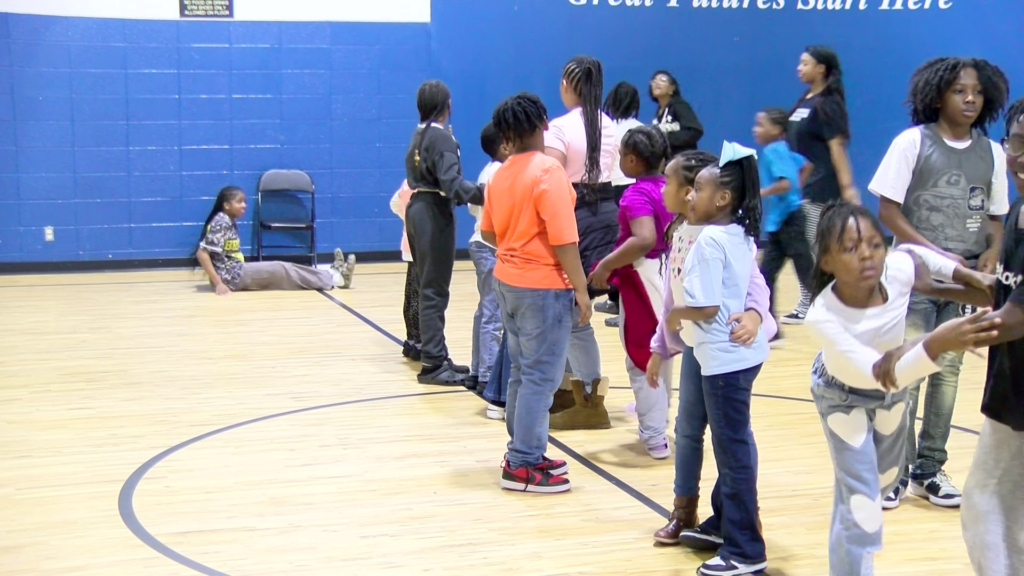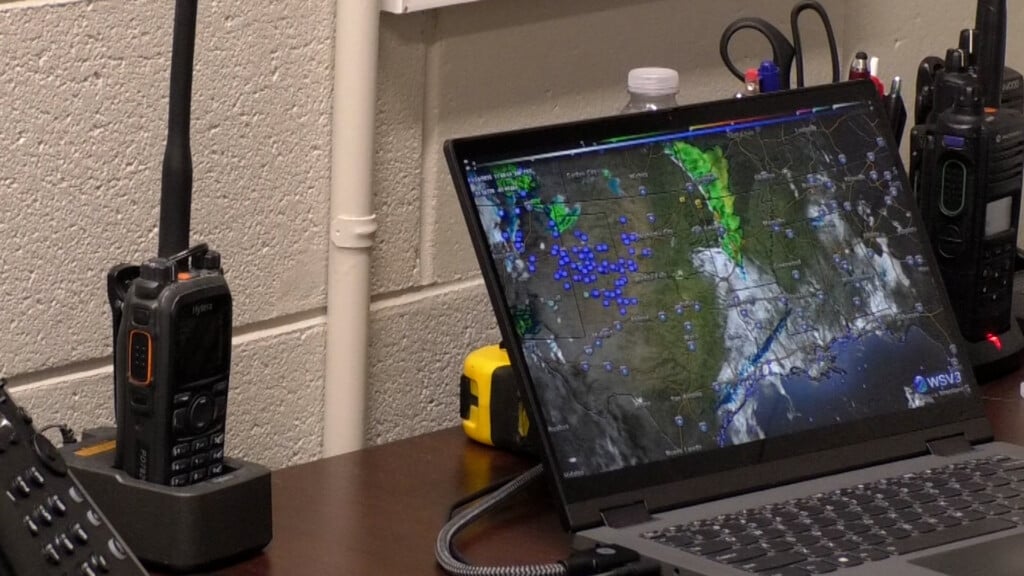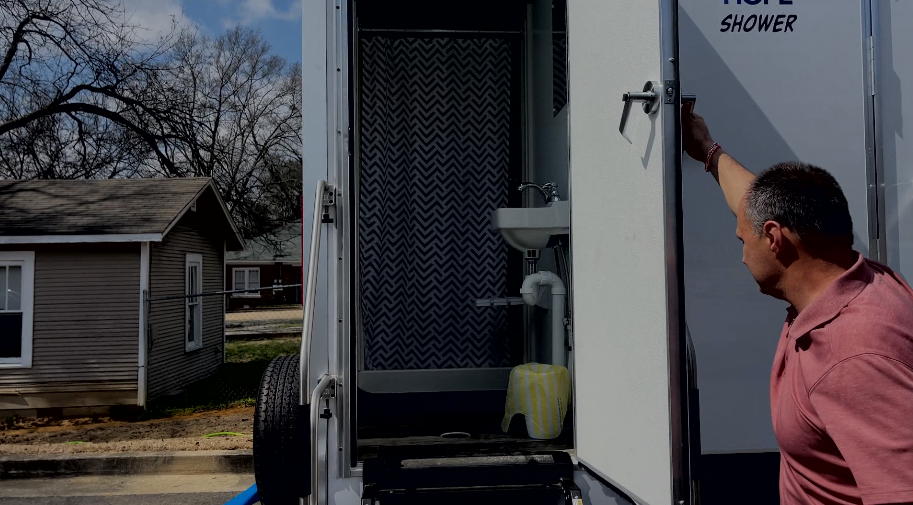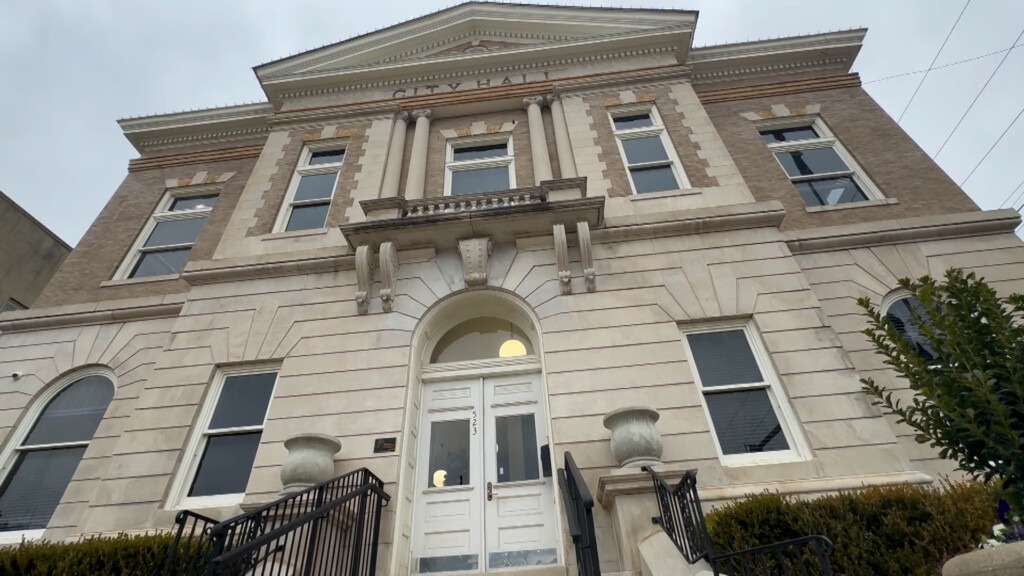College Cost Increase Moderates
By JUSTIN POPE/The Associated Press
The sticker price of in-state tuition at four-year public universities climbed about $400 this fall, an increase of nearly 5 percent that brought the average to $8,655. That’s a modest increase compared to recent years but still painful for families with stagnant incomes after a prolonged economic slump.
Room-and-board charges grew by a comparable amount, raising the full cost for students living on campus to $17,860.
The latest annual figures from the College Board, out Wednesday, show only about one-third of full-time students pay that published price. The estimated net price — what students pay on average after accounting for grants and tax credits — remains considerably lower than the list price: about $2,910 for tuition at public four-year universities, and $12,110 including room and board.
But after several years when a wave of student aid from Washington held net prices mostly in check, real costs for students have now jumped two straight years, as that wave washes back from its high-water mark.
At private colleges, enrolling about one-quarter of four-year college students, list prices remained substantially higher: $39,518 on average, including room and board. During the previous three years, net prices at private colleges had declined. But this year net tuition and fees increased about $780. Including room and board, but factoring in aid, the typical student at a private college is paying $23,840.
At public two-year colleges, tuition and fees increased $172 to $2,959. On average, those costs are entirely covered by aid.
Altogether, the latest figures send mixed signals. They highlight that higher education, while increasingly essential economically, is devouring an ever-increasing share of family incomes, which are lower than a decade ago. But the numbers could also signal an inflection point where several unsustainable trends in costs, borrowing, and student aid at last begin to break, though it’s too soon to say for sure, said report co-author Sandy Baum of the College Board and George Washington University.
Prices were up this year, though at barely half the rate of the previous two years. Enrollment, after surging nationally for several years after the economy collapsed in 2008, has leveled off. Partly as a result, federal aid is also now declining slightly after several years of double-digit increases.
Even student borrowing, the source of much anxiety, declined last year by about 4 percent. Borrowing remained 24 percent higher than five years earlier, but the annual decline was the first in at least two decades.
Explanations could include debt aversion, more parents employed, or simply a decline in enrollment overall, particularly at for-profit colleges, where students typically borrow more than at other types of school.
“It’s not that college is cheaper,” Baum said. “It could be parents’ savings have come back a little so they’re able to help. It could be that they’re hesitant to borrow.”
The figures come as the two presidential candidates regularly lament the rising costs of college, with President Barack Obama boasting that the broad expansion of federal student aid during his term has helped cushion the blow from sharp funding cuts from the states. His Republican challenger, former Massachusetts governor Mitt Romney, argues increased aid from Washington has encouraged colleges to charge more.
The report largely blames state cuts for rising tuition, highlighting historical data showing tuition jumps most when states support falls. According to the College Board — a not-for-profit membership group that promotes college access and owns the SAT exam — state funding per student to higher education has now declined four straight years, and is down 26 percent over the last five.
The tectonic shifts in the economics of higher education, with costs shifting from the states to families and the federal government, are on display across the country, though perhaps nowhere more vividly than in places like the California State University system, which educates 427,000 students. CSU, which saw state cuts of $750 million this year alone, has said it will have to increase tuition again as soon as this winter if a state ballot initiative that would provide more funding fails to pass on Nov. 6.
“We tell them if you don’t vote you’re literally going to be voting for a tuition increase,” said Pedro Ramirez, a graduate student at Cal State-Long Beach who is working to rally student support for the ballot measure. He says he managed to finish his undergraduate degree from another CSU campus in Fresno last year without student loans — but not without credit card debt.
Cal State-Long Beach’s tuition of $6,800 is below the national average, which helps explain why it got 78,000 applications last year, said President King Alexander. But prices are $2,000 higher than two years ago, only partly offsetting cuts of $4,000 per student from the state, and have hit low-income students hard (the CSU system is the nation’s largest recipient of Pell Grants, which go mostly to students from families earning under $40,000).
The effects of rising tuition aren’t always as straightforward as students hitting an unaffordable price point and giving up, though that happens, Alexander said. Rather, it’s a more complex and destructive process. Fewer faculty means long wait lists for classes, keeping students from progressing. Students, meanwhile, spend more time at jobs and less time studying.
“You’re seeing less students drop out because the aid is available, but you’re seeing more students working, which also has the impact of slowing them down,” Alexander said. “That really isn’t good for society, because they should be done, and they’re taking up extra slots.”
Alexander said if current trends continue, states are on track to stop funding higher education entirely as soon as 2020. But he also says others aren’t blameless — parents who assume colleges that don’t charge much can’t be very good, and colleges, particularly private ones, that have raised prices to increase their prestige, casting affordability concerns aside. According to the Chronicle of Higher Education, at least 123 colleges charge more than $50,000 per year in combined tuition, fees, room and board.
“There are good payers, institutions, who’ve done a good job keeping it lower than most, and there are bad guys in this who haven’t paid any attention to this whatsoever,” Alexander said.
Among other findings in the College Board’s latest report:
—New Hampshire and Vermont have the highest published in-state tuition charges, at around $14,000 each. Wyoming has the lowest at $4,287, followed by Utah at $5,595.
—The College Board’s figures are comparable to other recent reports on rising student debt: About 57 percent of 2010-2011 bachelor’s degree recipients graduated with debt, which averaged $23,800 (another report last week calculated figures about $3,000 higher). Of students who entered college in 2003-2004, only about 2 percent had more than $50,000 in debt in 2009. Two-thirds of all students who entered that year had less than $10,000.
—The percentage increases in costs at four-year public colleges have declined each of the last four years, but continue to race ahead of overall inflation — up 27 percent beyond inflation in the five years since 2007, compared to a 31 percent increase over the five years before that.
___
Online: http://www.collegeboard.org/
Copyright 2012 The Associated Press. All rights reserved. This material may not be published, broadcast, rewritten or redistributed.





Leave a Reply